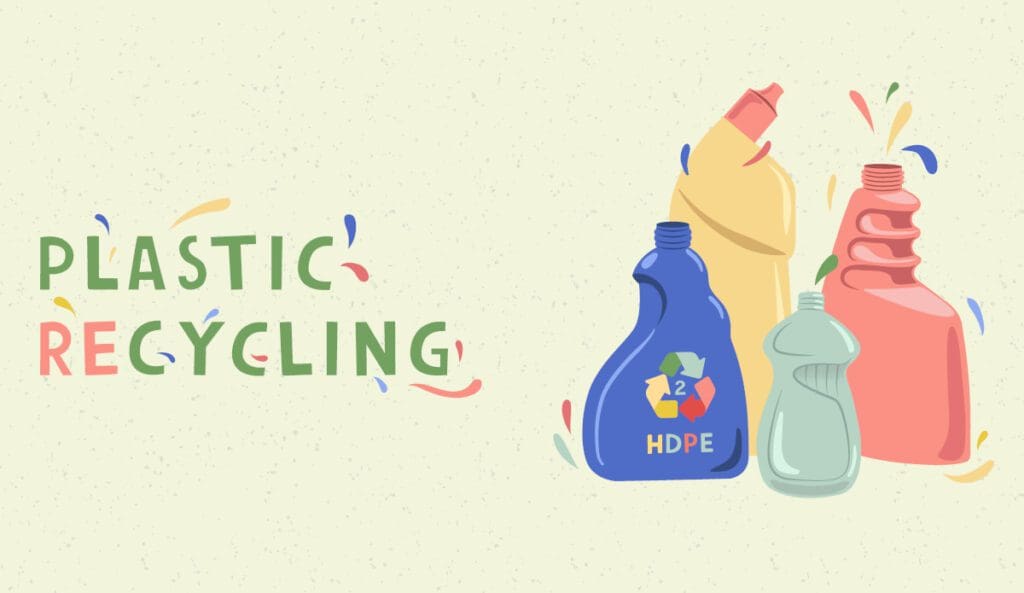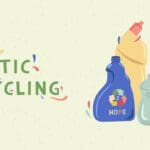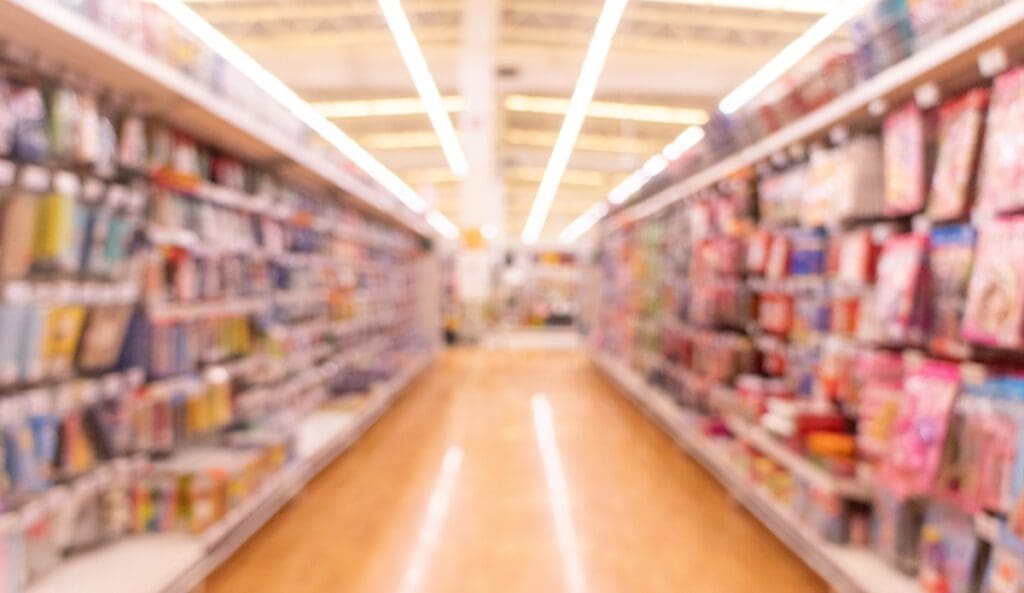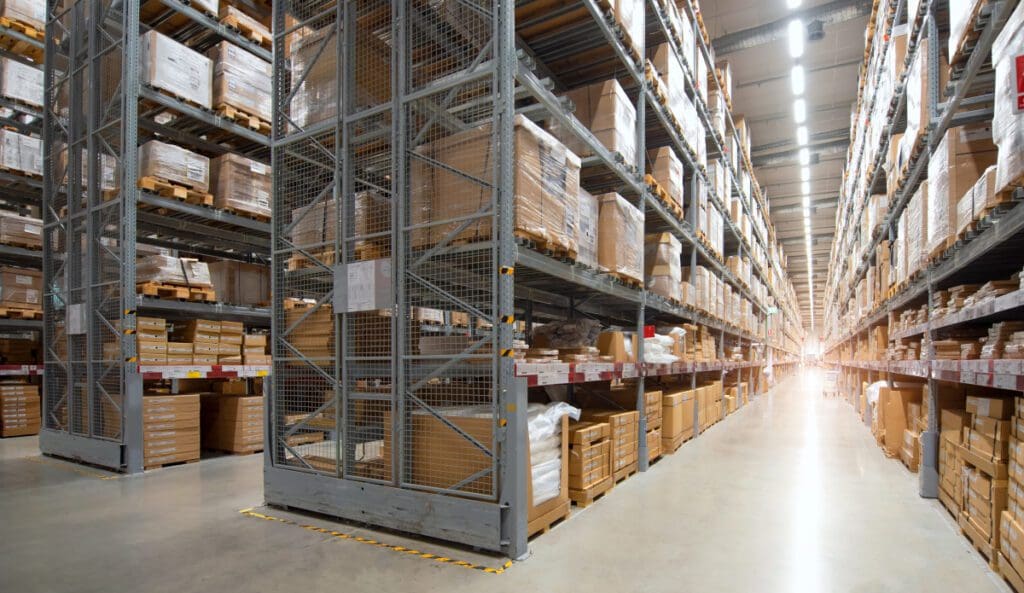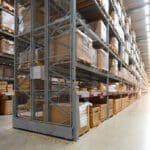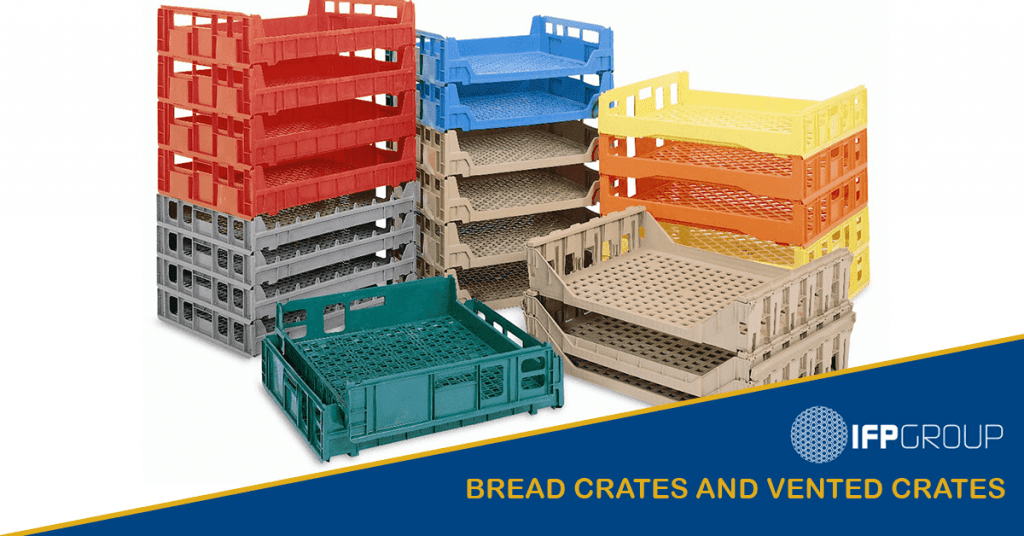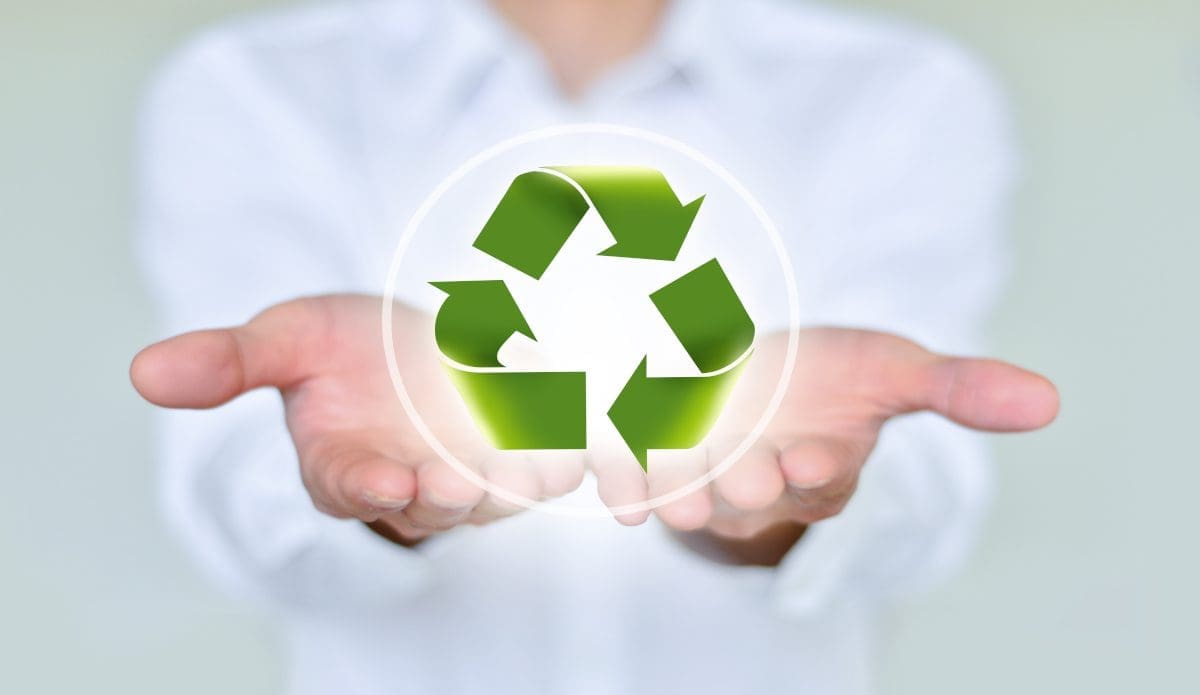
Studies have shown again and again that plastic is environmentally a superior option for packaging. But there is one caveat.
Plastic is seen as the environmental monster-under-the-bed. It’s strangling penguins, skewering turtles, and choking our waterways. However, it’s actually the most environmentally friendly option—provided it’s recycled or disposed of correctly.
This might be a challenging narrative; read with an open mind.
How Can We Make the World Less Polluted?
The best thing you can do for the environment is stop consuming everything unnecessary, take less flights, have less children, and eat less meat.
You’ll note that removing plastic isn’t really in the list. That’s for a multitude of reasons.
Plastic Isn’t a Big Deal
Plastic is only 12% of NZ’s dumped waste. That’s still a number worth noting, as it represents about 252,000 to 380,000 tonnes, depending on who is estimating. But it’s not taking up as much room in landfill as you’d been led to believe.
The problem here isn’t how much plastic we are using; it’s how much we aren’t recycling.
If We Eliminated Plastic, We’d Have to Replace It with Something Else
Globally, only 1% of materials used is plastic. If we decide to get rid of plastic, people still need a way to carry things, package items, and store things. And the alternatives to plastic aren’t great.
A plastic bag weighs six grams, a paper bag 60grams.
A plastic bottle, 30 grams, aluminium can 30grams, a glass bottle 325grams.
For every 1kg of plastic removed, we replace it with three to four kg of other materials and that adds substantially to freight costs, and to the volume of things going to landfill.
Plastic is Biodegradable
We all know that plastic bags take a billion years to degrade. Or, do they? Research actually shows that a plastic bag degrades at about the same rate as a piece of cardboard, under the right conditions. While heavier plastics take longer to degrade, the much-advertised ‘forever’ plastics simply do not exist. PE and PP plastics degrade at about the same rate as organic items of the same size; plastic film degrades at a similar rate to leaves.
There are chemicals called stabilisers that are added to plastics. The plastics industry spends billions of dollars every year on stabilisers to try and slow plastic degradation. Why would they do this, if plastic didn’t ever biodegrade? Think about a trampoline mat, or plastic chairs left outside; plastic absolutely degrades, and far faster than mainstream sources of information would have you believe.
While some conditions are required for fast degradation, it’s entirely possible. The plastic problem is a disposal problem, not a plastic problem.
Glass is Not a Plastic Replacement
Even the most plastic-resistant environmentalist has to acknowledge that glass is more harmful than plastic. When you take into account that glass is up to 40 times heavier, the worldwide shortage in silica sand, harm from mining silica, and the fact sand is now being used faster than it’s being replenished, plastic is a better environmental option than glass in almost every situation.
Life Cycle Analysis of Plastic
A life cycle analysis (LCA) is how the environmental impact of a product or service is measured. It encompasses everything from measuring the raw materials, energy used in production, and distribution to the disposal of the materials. This is a complex task which is not without criticisms and limitations, but it is arguably the most holistic calculation we have.
28 LCA studies into plastic bags have shown that PP (polyethylene) bags cause less environmental harm than cotton, paper, or degradable plastic bags. Using a plastic straw causes less harm than the alternatives. HDPE or PET drink bottles are greener than aluminium, steel, and glass.
What About Microplastics?
Yes, plastics degrade and turn into small particles of plastic. This is how things break down in the environment, like rocks becoming sand, trees becoming soil. Over time, these microplastics do continue to break down. Plastics such as PP, PE, and PET are non-toxic (while we know that soot, quartz dust, and wood dust are carcinogenic). 24% of scientific articles conclude there is harm from microplastics, while 100% of articles conclude there is harm from soot.
Microplastics are a problem, but not as bad as you may think. And, with a focus on recycling plastics or correct disposal of them, it’s not a problem at all.
The Problem is Humans, Not Plastic
The problem is not plastic; it’s how we dispose of it.
The solution goes further than simply not throwing plastic into the environment; it should be recycled. (And, if not recycled, there are ways to help ensure that it breaks down quickly and some fungi, enzymes, and bacteria that can help degrade plastic faster if needed). Recycling is limited in NZ, but a continued focus on educating consumers and refining recycling technology will help with this.
We cannot consume our way out of environmental impact. The absolute best thing you can do as a producer is:
- Minimise packaging. Don’t over-package
- Use the best packaging possible for the product, most of the time this is plastic
- Be mindful of the packaging, and note that over many life cycle studies, plastic is environmentally superior
- Encourage your customers to recycle
- Use plastic that is easily recyclable in NZ, with no additives or colours that can contaminate the process
- At home and work as a consumer, avoid buying:
- Plastic-packaged items that you know can’t or won’t be recycled
- Plastic which is not recycled in NZ
- One-use items such as straws, even if they are ‘environmentally friendly’
The less you consume, of everything, the better. Plastic, glass, or fabric, the advice is the same as it was 30 years ago: reduce, re-use, and recycle.
Contact us to chat about what is the best option for your product. We have a wide range of plastic items that can be recycled endlessly, and we have recycled plastic items too. We can help your business close the loop for plastic and provide packaging that meets the environmental needs of NZ and the world.

